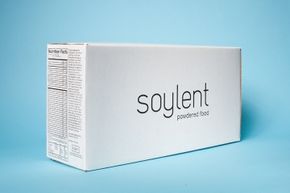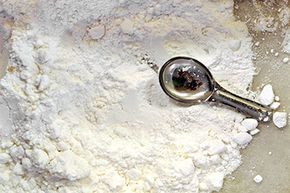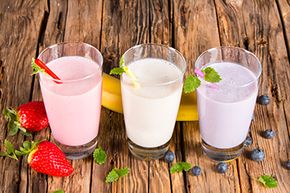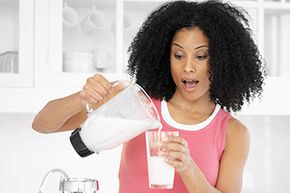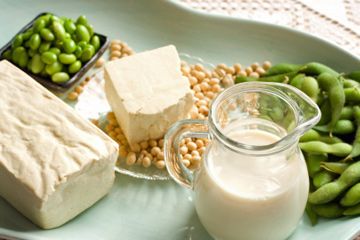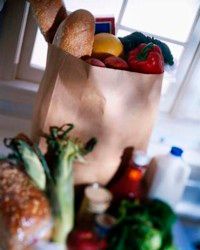Inside a small pouch bearing a nutrition label and a simple logo is a powder that contains all the food you need for the day. You tear open the pouch, pour the powder into a pitcher of water, and shake the concoction like a can of spray paint until you've created a frothy, beige brew.
You take a swig, squint your eyes and search for the right words to describe the food that just passed your lips. Some have compared it to Cream of Wheat and Metamucil or a vanilla milkshake with the consistency of pancake batter. Others, less charitably, say its taste registers somewhere between cardboard and chalk. More often than not, a sip is met with indifferent words like "neutral" and "bland."
Advertisement
You might not know what it tastes like, but you can't forget what it is: Soylent. To its proponents, Soylent is the antidote for the hassles of a conventional diet. Instead of spending money at the grocery store and time slaving over the stove and the sink, with Soylent, you have a one-stop, healthy, convenient source of nutrition that's ready in seconds and costs a fraction of your average grocery bill. By breaking free of those dietary obligations, Soylent consumers have more time for work, play and other pursuits while still consuming a nutritious diet. In fact, those proponents say, you could lead a healthy life on Soylent alone.
But even though Soylent has garnered plenty of interest — more than 3 million "meals" have been sold in the United States since its commercial release — some question whether Soylent lives up to its claims [source: Westmore].
We're going to take a closer look at Soylent: its ingredients, how to buy it and why you might be skeptical that it's the only food you'd ever need. But first, we're going to look at the origins of Soylent and the Silicon Valley software engineer who decided he didn't want to have to cook ever again.
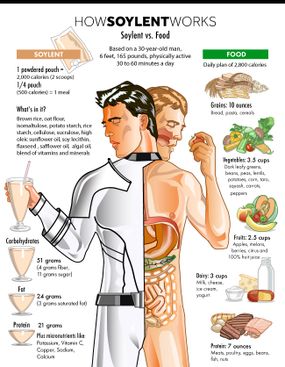
Advertisement
